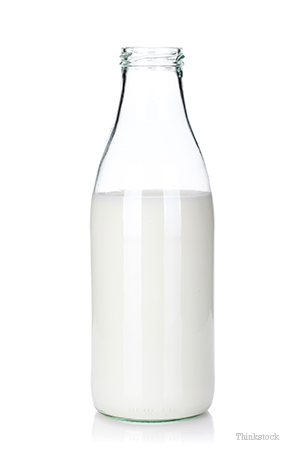Many people don’t think twice about giving dairy to cats. I’ve certainly seen whipped cream used as a common treat, and what kind of cat commercial would be complete without depicting a nice saucer of milk? So it might surprise many cat lovers to learn that, once weaned, most cats are lactose intolerant.
What does it mean if a cat is lactose intolerant?
Lactose intolerance means the body doesn’t produce enough lactase to break down milk into simple sugars. According to catworld.com, “it remains in the digestive system where bacteria cause it to ferment.” Undigested milk can cause issues for cats just like it can for people. Your cat will obviously be uncomfortable.
Undigested milk can cause issues for cats just like it can for people. Your cat will obviously be uncomfortable.
Symptoms of a lactose intolerant cat include the following:
- Diarrhea
- Gas
- Bloating
Additionally, milk offers little in the way of nutrition for cats; still, cats generally do love the taste.
What can my cat drink in place of milk?
First of all, your cat should always be able to get clean, fresh water. Milk is not a staple — unless of course you have a kitten. For adult cats, all vital nutrients can be provided by cat food alone. If you do want to treat your cat to some milk occasionally you should consider a lactose free cat milk (yes, they make it). This kind of milk is likely to be healthier anyway.
Even lactose free milk should be a treat and not a daily offering. Keep in mind that milk has calories and that feline obesity carries with it many risks.
If you have any questions or concerns, you should always visit or call your veterinarian -- they are your best resource to ensure the health and well-being of your pets.
